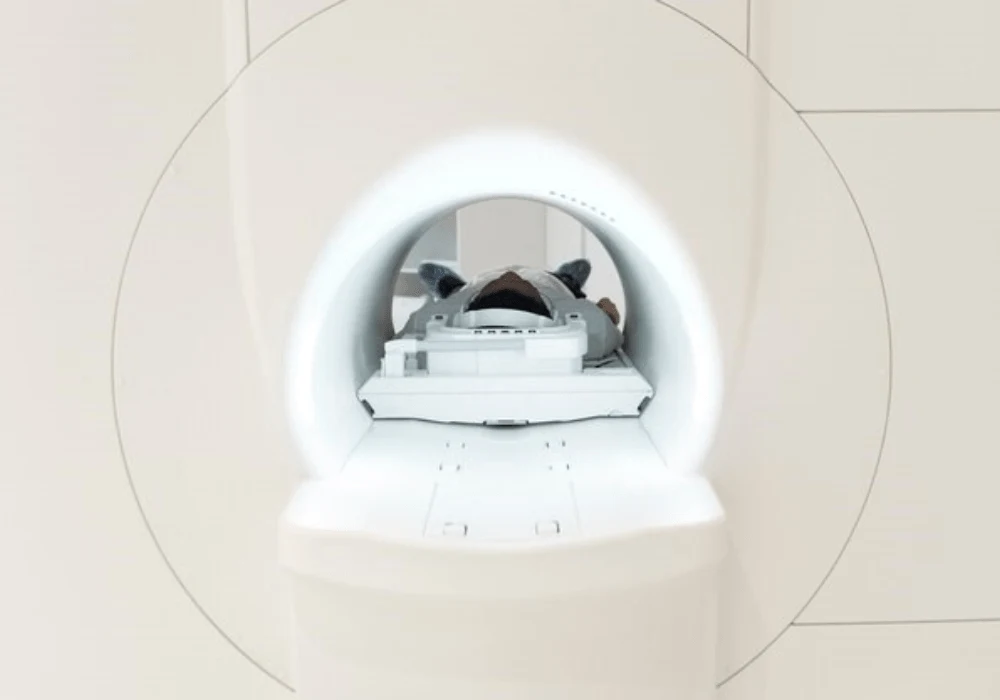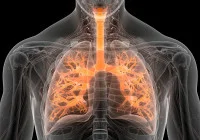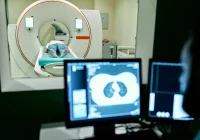Intravenous contrast media (IVCM) play a critical role in enhancing computed tomography (CT) imaging, providing improved visual clarity that aids in diagnosing a broad range of medical conditions. Particularly in cases involving cardiovascular diseases and oncological disorders, the ability to produce detailed and accurate images can significantly impact the success of treatment interventions.
Despite the clear diagnostic benefits, the administration of IVCM is not without risks. Severe contrast media reactions (SCMR), while uncommon, can lead to critical outcomes such as anaphylactic shock, cardiac arrhythmia or pulmonary oedema. These adverse responses necessitate immediate medical attention to avoid serious complications or mortality. In this context, CT radiographers occupy a frontline position, often being the first to recognise signs of severe reactions and initiate emergency response measures. A recent cross-sectional study conducted in Saudi Arabia aimed to evaluate the competencies of CT radiographers in managing these reactions, exploring how professional experience, education and institutional policies affect preparedness.
Assessment of Knowledge and Training Gaps
The study found considerable variation in knowledge levels among CT radiographers, as measured by a 40-point scale. Although 93.4% of participants were familiar with precautionary measures for IVCM use, only 22% demonstrated consistent knowledge across all five assessed domains. The average knowledge score was 25.02, and the internal reliability of the scale was high, with a Cronbach’s alpha of 0.854.
Recommended Read: Rethinking Contrast Media Dosing in Thoracoabdominal CT Scans
The findings highlighted that many radiographers had not received specific training in managing SCMR, with only 33.2% reporting formal instruction in this area. Additionally, a substantial proportion—44.4%—had last updated their knowledge during their department's orientation programme, while 19.1% had not received any recent training since their academic education. This gap in structured, updated training appears to have contributed to the variability in radiographers' readiness to handle emergencies involving contrast reactions. The confidence levels in managing such reactions ranged from 12.4% of participants not feeling confident at all to only 11.2% expressing extreme confidence. These findings indicate an urgent need for continuous professional development initiatives that go beyond initial orientation and provide targeted learning on severe reaction management.
Determinants of Competence and Preparedness
Several demographic and professional factors were examined to identify predictors of SCMR knowledge among radiographers. The study found that older participants, those with a higher academic degree and individuals in senior specialist roles generally scored higher on the knowledge scale. Participants who obtained their qualifications outside of Saudi Arabia also demonstrated superior understanding compared to their locally trained counterparts. Notably, 40.7% of participants aged 40 or older achieved consistent knowledge scores, in contrast to only 16.4% in the 20–29 age group. However, the multivariate logistic regression analysis revealed that only job position and the presence of departmental SCMR policies were statistically significant predictors of consistent knowledge. Technicians were less likely to demonstrate consistent knowledge compared to senior specialists, and staff in departments lacking formal policies were significantly less likely to be knowledgeable in managing severe reactions. Interestingly, factors such as gender, work experience and confidence in managing SCMR were not statistically significant in predicting knowledge levels. This suggests that practical training frameworks and institutional protocols may have a greater impact on radiographer competence than individual attributes alone.
Recommendations for Standardisation and Policy Enhancement
In response to the identified gaps, the study recommends several measures to improve radiographer preparedness. It advocates for the integration of standardised training programmes that align with international protocols such as those issued by the American College of Radiology (ACR) and the European Society of Urogenital Radiology (ESUR). High-fidelity simulations, which replicate real clinical emergencies, are highlighted as an effective method for enhancing both knowledge and confidence. These exercises could better prepare radiographers to respond to varying intensities of adverse reactions in a controlled setting. Furthermore, the study suggests that annual competency assessments should be implemented to ensure sustained knowledge retention and practical readiness.
The establishment of national benchmarks by healthcare accreditation bodies would help standardise emergency training across radiology departments. Additionally, policy changes enabling qualified radiographers to administer emergency medication under defined protocols are proposed, particularly in settings where immediate medical supervision may not be available. These recommendations aim to close the existing knowledge gaps and ensure uniform readiness among radiographers working with contrast-enhanced imaging.
The study has presented a detailed evaluation of CT radiographers’ preparedness to manage severe contrast media reactions within the Saudi healthcare system. While general awareness of precautions is high, there is a lack of consistent, comprehensive knowledge among the majority of practitioners. Senior specialists and those trained internationally exhibit stronger competencies, reflecting the value of advanced education and robust institutional policies.
The findings emphasise the importance of structured and ongoing professional development to support radiographers in their emergency responsibilities. By implementing simulation-based training, setting national standards and revising institutional policies, healthcare systems can significantly enhance patient safety and radiological care quality. Through these measures, radiographers will be better equipped to manage SCMR effectively and contribute to the overall resilience and reliability of diagnostic imaging services.
Source: BMC Medical Education
Image Credit: Freepik










